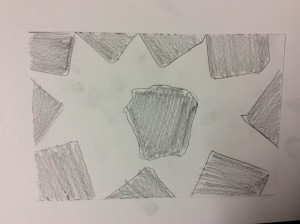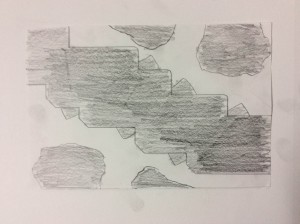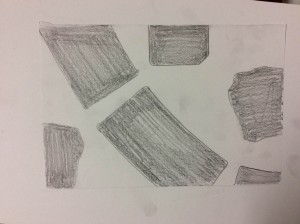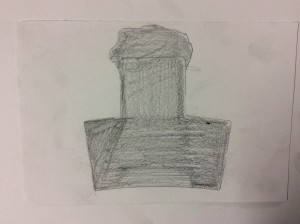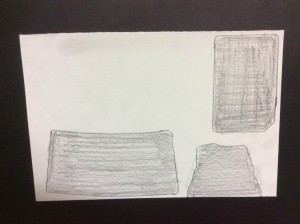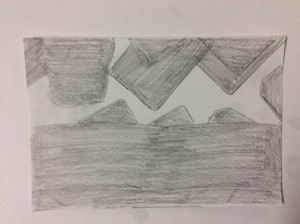I have asked everyone to read selections of the first chapter of Ways of Seeing. Please read from page 7 (the first page of the chapter) to page 11 (stop just before the last paragraph) and from the middle of page 16 through the end of the chapter, or the best you can.
During class we will watch the first episode of the BBC production of “Ways of Seeing.” This groundbreaking television series was the basis for the book of the same name, which is the source of our reading for this class and subsequent classes. (note: some of the words in the captions are incorrect.)
Focused freewrite: What remains with you after watching Part 1 of “Ways of Seeing”? What questions do you have?
We will continue our conversation about how we read images in light of the video and reading from Ways of Seeing.
We will also work on note-taking and annotation of a text, using Ways of Seeing as our example.
* * *
In our lab, we will work in small groups to provide peer feedback for Project #1. In pairs:
- Review your draft on your own, adding anything you want to add. (5 minutes)
- Partners then swap projects and read the other partner’s work.
- After reading, everyone will respond to questions about the draft:
- What does this bio provide so you learn about this person in an academic, pre-professional context?
- What are the author’s goals, interests, and aesthetics?
- Does the author describe his or her avatar in detail? Try to imagine it just from the description–what do you understand and what is missing?
- Does the author identify meaningful ways in which someone might misunderstand their avatar? Offer your own possible interpretation.
- What does the author say this OpenLab profile will do to represent him or her? What is missing? What does not come across to you in terms of the assessment of the profile’s purpose?
- Is there anything about the way this was written that you want to comment on? Remember that this is a draft, so some pointers can be helpful, but some might be too specific for this stage in the writing process.
- After answering the questions, swap back and review the responses to your project.
- After reviewing the responses, take turns asking any questions you have about your reviewer’s experience reading.
- Collaborate on making an action plan for each partner’s revision.
It would be helpful if you upload your latest iteration before class on Wednesday, 9/16, so we can discuss any issues that arise as you continue to work on your projects. Final versions are due on Monday, 9/21, by the start of our 9:00am lab.
* * *
In class we brainstormed some techniques for annotating a text. As you read “Univers Strikes Back” by Ellen Lupton and Julia Lupton, use as many of these techniques to annotate your copy of their essay:
- highlighting or underlining for things that stand out
- squiggly underlining for things you aren’t sure about
- circling words that you need to define (possible glossary entries!)
- using the margins or space on the page to
- ask questions
- agree
- disagree
- summarize
- define words
- explain
